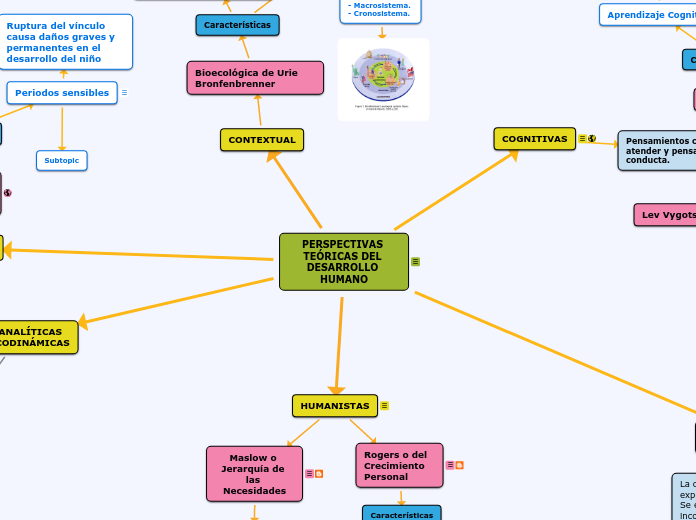Unidad N° 3: Crisis del Modelo Educativo Fundacional
CLOSING
The ending of a story is essential. We all know that if the ending is weak, what happened before loses its importance. So make it unpredictable, but fair. A resolved ending answers all the questions and ties up any loose threads from the plot.
OUTCOME
This is the closure section of the story.
See examples of possible outcomes below:
- all problems have been solved
- it's clear how each one of your characters ends up
- your main character is transformed by the challenge
Outcomes
Try answering these questions to come up with a closure:
- Have all the problems been solved?
- Is there a clear picture of what happens with each character in the story?
- Has the challenge transformed your main character?
- How do the characters feel in the end?
CLIMAX
This is the moment when the main character surpasses the last obstacle and finally faces their greatest challenge.
The climax usually follows one of these patterns:
- realization
- resolution
- choice
Type in your answer.
How does your main character finally solve the problem?
MIDDLE
The middle of the story is where you add layers of complications that will lead to the end. Reveal more about the character's journey. Did their personality go through changes? How did they overcome the challenges? And as you build up the story’s central conflict, make it more personal to that character. Also, from the middle act, you have to lead into the final act.
OBSTACLES
There wouldn't be any tension and excitement in your story if there weren't any obstacles in your character's way.
What prevents your character from accomplishing their goal?
A story is nothing more than a character overcoming a series of difficulties to reach the desired goal. Obstacles usually create suspense and conflict. In overcoming obstacles, there is growth: weak becomes strong; hatred turns into love; sadness into happiness; wrong into right; lies into truth; or evil becomes good.
See a few examples below:
- stopping a meteor
- finding a killer
- finding love
Obstacles
MOTIVATION
Your character(s) need(s) motivation in order to solve the challenge(s).
Other character
Secondary characters might also have motives that lead them to cross paths with the main character or which might trigger them to help the main character.
Main character
Why does your character need to confront this challenge? What does he/she expect to accomplish by solving it?
See a few examples:
- will marry in 3 days
- can fix the mistakes of the past
Motivation
CHALLENGE
Each story has a main character and that character usually needs to solve a problem or challenge. The character's challenge is the one that creates tension throughout the story.
Other Challenges
Type in any other challenges which other characters in the story need to face.
Other challenges
What are the main challenges in your story?
In most stories, there are 3 challenges. The number 3 is a mystical number symbolizing completeness. Try to come up with interesting challenges with which your character needs to struggle.
See a few examples below:
- turns into a werewolf at night
- is sent back in time
Challenges
Topic principal
GOLPE DEL AÑO 55´
In the beginning of the story (or the exposition), you will need to introduce the setting and characters. You might also want to introduce the main conflict. This part of the story is important because it gives the reader necessary background information and maybe even a first insight into a character’s personality.
Políticas Educativas
The setting (time & place) of a story can change throughout the plot.
Se produce un giro en la
Política Educativa Nacional
Your story can take place wherever your imagination will take you to.
For example: in an elevator, in an enchanted forest, etc. Don't forget to give details of the environment each time the setting changes, otherwise, the story can be confusing. Also, mention the seasons as each of them has unique weather and events.
Desde los sectores adeptos a la corriente
Liberal, se buscaba construir una "Escuela
unida en la Libertad" (Martínez Paz, 1978).
Sectores tradicionales sostenían que
la Ley N° 1420 negaba la posibilidad
de enseñar la tradición y violaba derechos
jurídicos y naturales (Martínez Paz, 1978).
El pensamiento católico tradicional
argumentaba la inconstitucionalidad
de la Ley N° 1420 (Martínez Paz, 1978).
Presidencias
Characters are essential to a good story. Usually, the protagonist(s) is/are the most affected by the plot. Introduce a character by focusing on their actions, interests, and occupation, as the physical appearance doesn't make a difference in most cases.
Illia
Guido
Character's name
Character traits
Type of character
Frondizi
(1958-1962)
Main Goal
What is your character's main goal?
fight Evilfind lovedefeat his/her enemyrule the worldmake friendstime travelmake an awesome discoveryOther
Tres Ejes de su programa:
Which traits best describe the character's personality? Choose more if necessary:
introvertedloyalkindindependentquick-thinkingadventuresomeidealisticsweet-naturedcalmrisk-takercreativewittystrictfussyweirdclumsyharshaggressivecarelessclingingcowardlycrueldeceitfulimpulsiveOther
Propuso un desarrollo económico impulsado
por el capital extranjero, cuyo exceso de confianza
en la eficiencia lo llevó a privilegiar la negociación
con grandes corporaciones por encima de la búsqueda de consenso entre partidos políticos (Lobato y Suriano, 2003).
Eduardo Aramburu
Se deshizo de partidarios nacionalistas y
populistas, además de adoptar rígidas medidas
contra el peronismo y sus partidarios
(Lobato y Suriano, 2003).
Eduardo Lonardi
Type in the name of your character.
Contaba con el apoyo de bastos sectores de la
oposición (Lobato y Suriano, 2003).
Add other qualities/attributes of the character.
Aplica una política de desperonización
que abarca todos los aspectos de la
vida nacional (Girbal-Blacha, Zarrilli y Balsa, 2001)
Choose the type of your chacter:
Protagonist (main character)Antagonist (main character's opponent)Flat (stereotypical character)Round (his/ her personality develops throughout the story)Static (doesn't evolve as a person throughout the story)Dynamic (dramatical change in personality)Confidant (the main character trusts him/ her)Foil (contrasting character who enhances the personality of another character)Other









